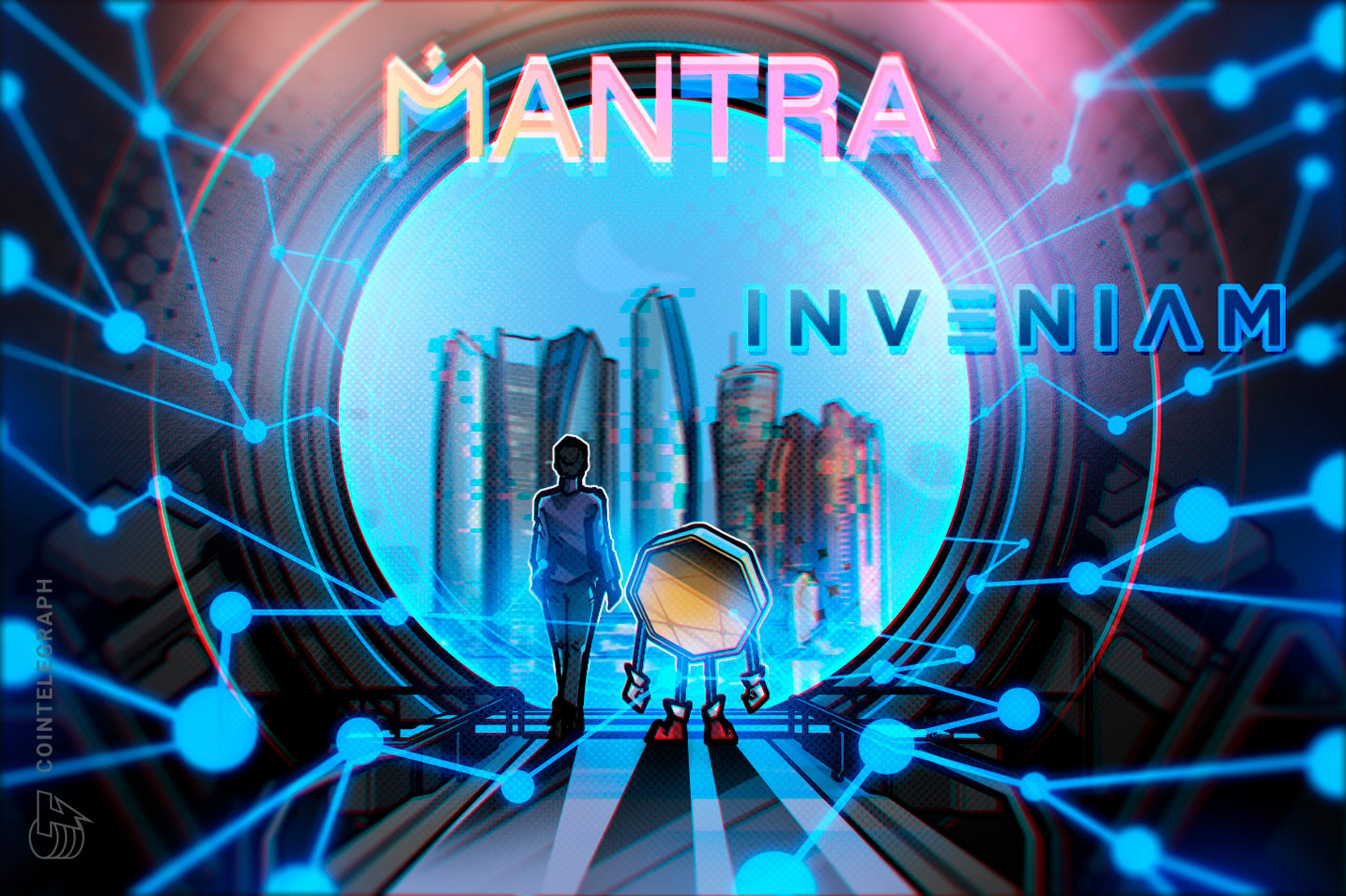Sponsored Content
Over two days in Abu Dhabi, more than 300 executives from traditional finance, the digital assets space and regulation gathered for Agentic. to map near-term deployment of tokenized finance. Held at the Four Seasons on Oct. 21 and 22, the program focused on infrastructure, data and regulation required to scale tokenized markets.
Panels centered on market infrastructure rather than speculative tokens, exploring the foundations, rails, standards and verified data that make real-world assets not just viable, but inevitable. Speakers pointed to the United Arab Emirates as a fast-moving jurisdiction.
Abu Dhabi features deep capital pools, increasingly formalized digital-asset frameworks and a growing presence from global financial firms. With global financial heavyweights now opening regional offices, the UAE has become a living case study in how to modernize finance without losing control.
Agentic. was conducted under the Chatham House Rules, meaning the specifics of panels or attributions can’t be disclosed. Still, a recap of the broader trends and discourse can be.
Tokenization moves to deployment
The core message of the event was that tokenization is moving from pilots to production.
Institutions are now deploying tokenized assets, and the discussion has shifted from whether to how. Discussion centered onchain selection, compliance standards and legacy-system integration.
A recurring theme was the tension between blockchain ideology and regulatory reality. One project introduced a “Know Your Validator” model where every node operator is verified and accountable. It runs counter to crypto’s early ideals of anonymity, but institutional capital doesn’t care about ideology; it cares about compliance.
Where clarity lives: The UAE model
While the US and Europe wrestle with fragmented regulation, Dubai’s Virtual Assets Regulatory Authority (VARA) has quietly built the playbook.
VARA’s framework aims to enable collaboration between TradFi and DeFi. Its recognition of tokenized real-world assets provides legal clarity. The results are tangible. The Dubai Land Department fully funded a tokenized property in a single day. MANTRA secured a DeFi VASP license from VARA.
Speakers characterized the approach as principle-based and execution-oriented. Abu Dhabi Global Market’s (ADGM) FSRA shares the same ethos, creating a regional corridor for capital, technology and talent.
The next bottleneck: data
While regulation is advancing, data remains a constraint. Nearly 70% of enterprise data at major institutions remains unstructured, fragmented or locked in incompatible systems. During the summit, Inveniam announced its acquisition of decentralized cloud provider Storj. The move brings decentralized storage into Inveniam’s fold, powering Diol — a new marketplace for data, compute and storage.
Inveniam positioned Diol as merging cloud infrastructure with blockchain incentives, enabling asset owners to tokenize, monetize and retain custody of their data — even renting out compute resources for AI workflows.
This past week at the Agentic Summit in Abu Dhabi, a gathering of global innovators, policymakers, and market builders, Inveniam and our partners announced key advancements that redefine how trust, data, and liquidity will power the next generation of digital markets.
— Inveniam (@InveniamIO) October 28, 2025
1️⃣… pic.twitter.com/B8HS5zKPoF
One panelist described the combination as the ‘holy trinity’ of decentralized data, compute and storage, thereby forming the backbone of an AI-driven, tokenized economy.
The rise of agentic AI
Agentic AI was a recurring theme throughout the event. The term refers to autonomous systems that can analyze and take defined actions.
Inveniam demonstrated an AI agent capable of reading private credit agreements, structuring data onchain and verifying compliance in real time. When asked whether a borrower met covenant terms, it answered instantly, all backed by credentialed data.
Speakers described the use case as ‘agentic surveillance’ — programmable compliance intended to reduce manual steps. For when data is structured, verified and continuously monitored, AI replaces entire layers of analysis, monitoring and audit.
The end of blockchain wars
“Arguing about which chain to use is a lost discussion,” one attendee remarked, with the room in agreement. The new consensus is multichain pragmatism. Developers and institutions will use whatever infrastructure best fits their needs.
Fresh news from #Agenticsummit
— MANTRA | Tokenizing RWAs (@MANTRA_Chain) October 21, 2025
In partnership with @InveniamIO, we are excited to announce Inveniam Chain - a purpose-built Layer 2 blockchain for managing and utilizing private real estate assets.
Built on MANTRA’s RWA-focused L1, Inveniam Chain will power global CRE… pic.twitter.com/JcIVvLj676
MANTRA’s latest mainnet upgrade supports both EVM and CosmWasm environments, bridging Ethereum and Cosmos ecosystems. It creates a first choice for attracting DeFi apps like Brickken and Elevex, and institutional builders alike — further proof for multichain pragmatism. Meanwhile, Inveniam’s new layer 2 for private real estate is now live on MANTRA’s testnet.
Speakers also emphasized liquidity, compliance and interoperability as building blocks for institutional participation.
Where capital meets code
Another theme was the corridor emerging between the UAE and the US. Speakers framed the UAE as offering capital and regulatory speed, and the US as contributing technology depth and market reach. Together, they’re deploying institutional-grade infrastructure at a pace few regions can match.
Across the two days, investors and builders echoed the same sentiment: while they could and can build elsewhere, the UAE is where innovation, clarity and capital converge.
The next chapter
Agentic. wasn’t about looking back, it was about asset managers, allocators, regulators and technologists mapping what’s next coming. All in a location poised to serve internationally as the epicenter of AI, tokenization and decentralized data.
Learn more about MANTRA
Disclaimer. Cointelegraph does not endorse any content or product on this page. While we aim at providing you with all important information that we could obtain in this sponsored article, readers should do their own research before taking any actions related to the company and carry full responsibility for their decisions, nor can this article be considered as investment advice.
